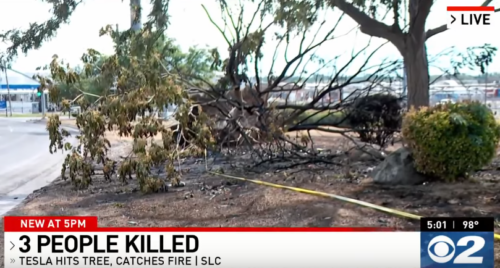Multiple reports and interviews have blossomed out of a well-known historian’s discovery of video footage from 1945, which clearly documents the moment U.S. soldiers liberated thousands from a Nazi death camp train.
On April 7, 1945, 2,500 Jewish prisoners from Bergen-Belsen concentration camp were put on the train and were set to be transported to Theresienstadt. However, on April 13, the train was forced to stop near the town of Farsleben due to bombings by Allied forces advancing in the area. Some of those on board escaped the train and met up with soldiers from the 30th Division of the US Army who then returned to liberate those still trapped in the carriages.
When the handful of Nazi soldiers guarding the train saw an American tank and jeep coming over the hill, they fled. US soldiers then flung open the doors to the carriages and the occupants poured out.
George Gross, a tank commander, said: “Everyone looked like a skeleton, so starved, their faces sick. And there was something else. When they saw us, they began to laugh with joy, if you can call it laughter. It was more like an outburst of pure, almost hysterical relief.”
As prisoners encountered the liberating troops, a Jewish US soldier, Abraham Cohen, told them “Ich bin euech a Yidd,” a Yiddish phrase meaning “I am also a Jew,” and then showed them a Star of David hanging around his neck.
Matthew A. Rozell, who specializes in teaching about the Holocaust, has posted the video and blogged more details at his site TeachingHistoryMatters.com

